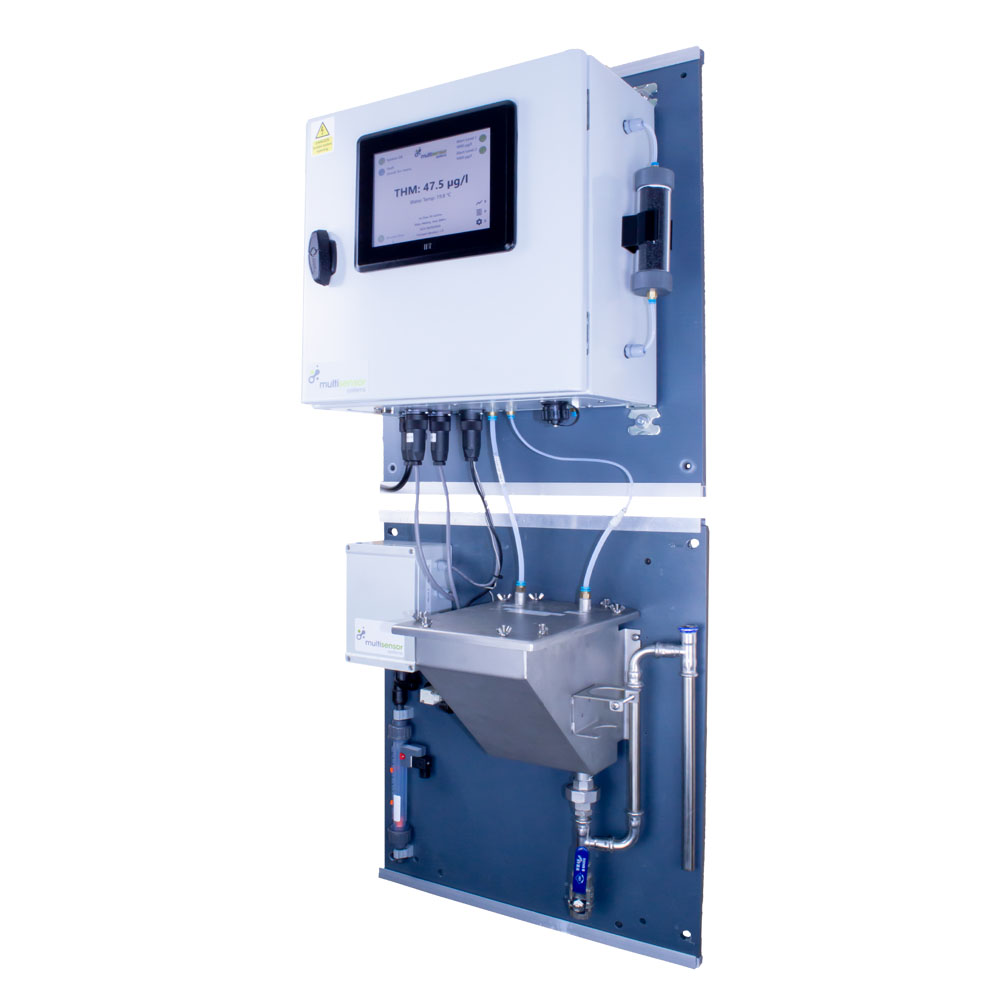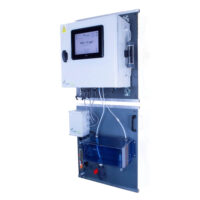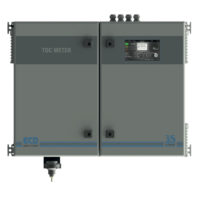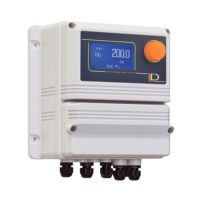Trihalomethane Analyzer
A Trihalomethane Analyzer measures and controls the amount of Trihalomethanes in water. Trihalomethanes (THMs) are a group of four chemicals that are formed (along with other disinfection by products) when chlorine or other disinfectants used to control microbial contaminants in drinking water react with naturally occurring organic and inorganic matter in water.
The MS2000 Trihalomethane Analyzer manufactured by Multisensor Systems is a trusted, proven analyzer used extensively in the industry in the USA and around the world.
Technical Brief:
The THMs are Chloroform (CHCl3), Bromodichloromethane (CHCl2Br), Dibromochloromethane (CHClBr2), and Bromoform (CHBR3). National regulatory bodies set limits for the level of THMs in drinking water which, in most countries, are tested on a regular basis at the customer’s faucet.
They are Cancer Group B carcinogens (shown to cause cancer in laboratory animals). Chloroform is by far the most common in most water systems. Dibromochloromethane is the most serious cancer risk, (0.6 µg/l to cause a 10-6 cancer risk increase) followed in order by Bromoform (4 µg/l), and Chloroform (6 µg/l).
THM levels tend to increase with pH, temperature, time, and the level of “precursors” present. Precursors are organic material which reacts with chlorine to form THM’s. One way to decrease THM’s is to eliminate or reduce chlorination before the filters and to reduce precursors. There are more precursors present before filtration, so it is best to reduce or eliminate the time chlorine is in contact with this water.
The US EPA, for example, has indicated that the best available technology for THM control at treatment plants is removal of precursors through “enhanced coagulation”. Enhanced coagulation refers to the process of optimizing the filtration process to maximize removal of precursors. Removal is improved by decreasing pH (to levels as low as 4 or 5), increasing the feed rate of coagulants.
- Low range measurements: 5ppb to 1000ppm
- Outputs: 4-2omA (configurable), 2 x alarm / fault Relays
- No sensor contact with water: low maintenance, no sensor cleaning
- NO REAGENTS: low running costs
- The most cost effective solution
- High sensitivity: ideal for potable water
- Alarms to SCADA and other communication interfaces
- Industrial wastewater
- Drinking water
- Industrial effluents
- Effluent and influent monitoring
- Surface water
- Process water
- Rivers, lakes, and dams




